In the quest for sustainable and renewable energy sources, wind power has emerged as a frontrunner, harnessing the natural power of the wind to generate electricity. As the world grapples with the urgent need to reduce greenhouse gas emissions and combat climate change, several countries have made significant strides in wind energy production. So, what country uses the most wind energy 2023? According to multiple sources, including World Population Review, and Wikipedia, China is the country that uses the most wind energy in 2023. China is responsible for nearly 70% of the total wind generation growth in 2021, and it has the largest installed wind turbine capacity of almost 329 GW. The United States is the second-largest producer of wind power, with an installed wind turbine capacity of 118,731.7 MW. Other countries that produce significant amounts of wind energy include Germany, India, Brazil, and the United Kingdom.
China
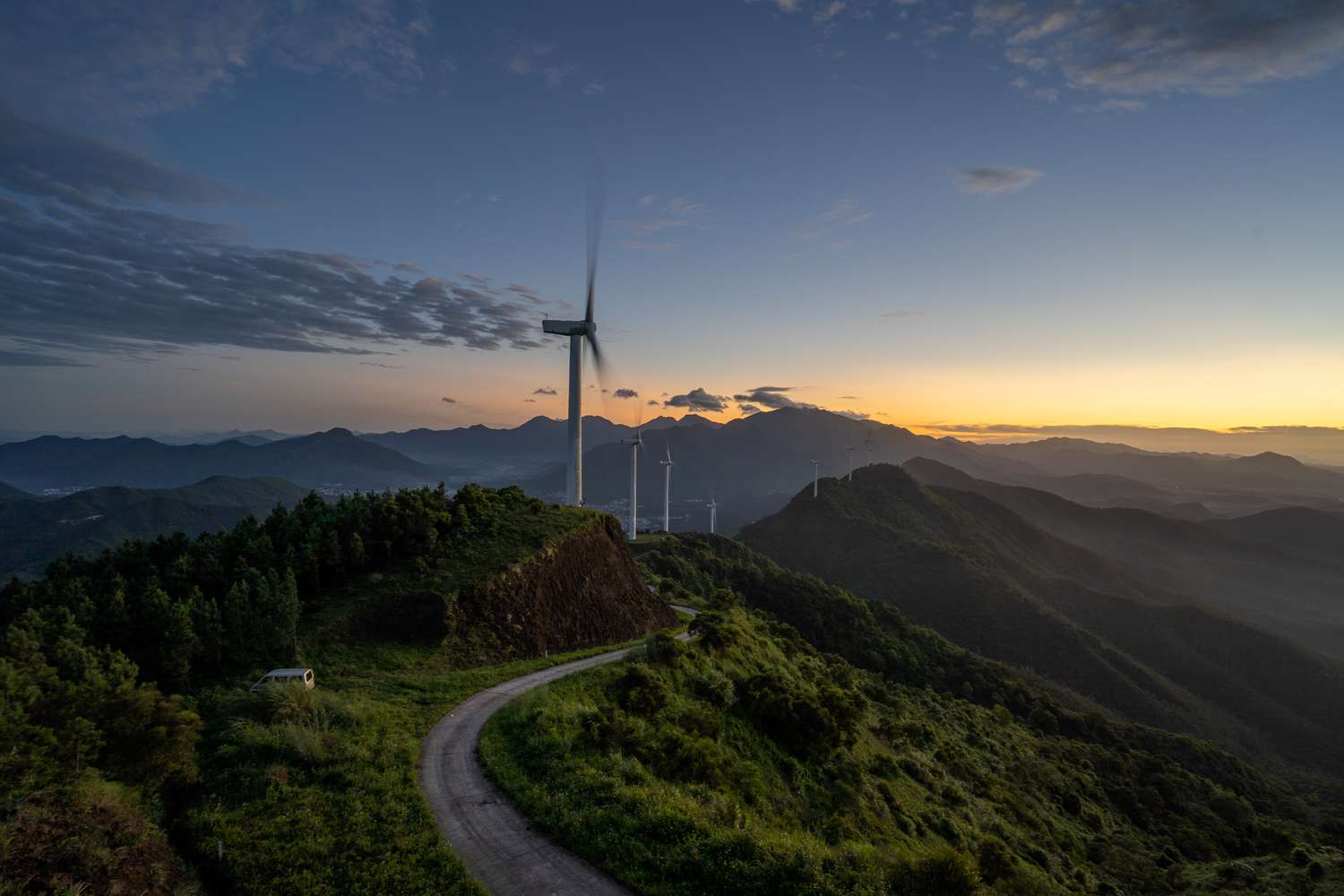
China has rapidly emerged as a global leader in wind energy production and has the largest installed wind energy capacity in the world. The country’s commitment to clean energy has driven significant growth in wind power installations. China’s wind farms are located in various regions, including the northern and western parts of the country, where strong and consistent winds make for ideal conditions for wind turbines.
The Chinese government has played a pivotal role in the growth of wind energy. It has implemented various policies and initiatives to promote the development of renewable energy sources, including wind power. This support has attracted both domestic and foreign investments in the wind energy sector. China’s wind energy infrastructure includes both onshore and offshore wind farms. While onshore wind farms have traditionally dominated, the country has been rapidly expanding its offshore wind capacity. Coastal regions, such as Jiangsu and Guangdong, have seen substantial offshore wind developments.
China is a major hub for wind turbine manufacturing. Several leading wind turbine manufacturers, both domestic and international, have established production facilities in China. This has not only contributed to the country’s wind energy growth but has also made it a key player in the global wind turbine supply chain. China has set ambitious renewable energy goals as part of its commitment to combat climate change. These goals include targets for increasing wind energy capacity, reducing greenhouse gas emissions, and achieving carbon neutrality by 2060. These commitments are driving ongoing investments in wind energy projects.
China’s expertise in wind energy technology has led to the export of wind turbines and components to other countries. This export activity has expanded China’s influence in the global wind energy market. It also has been working on integrating wind energy into its national grid. This involves improving grid infrastructure and implementing advanced technologies to handle the intermittency of wind power. Efficient integration ensures that the electricity generated from wind sources can be reliably delivered to consumers.
The United States
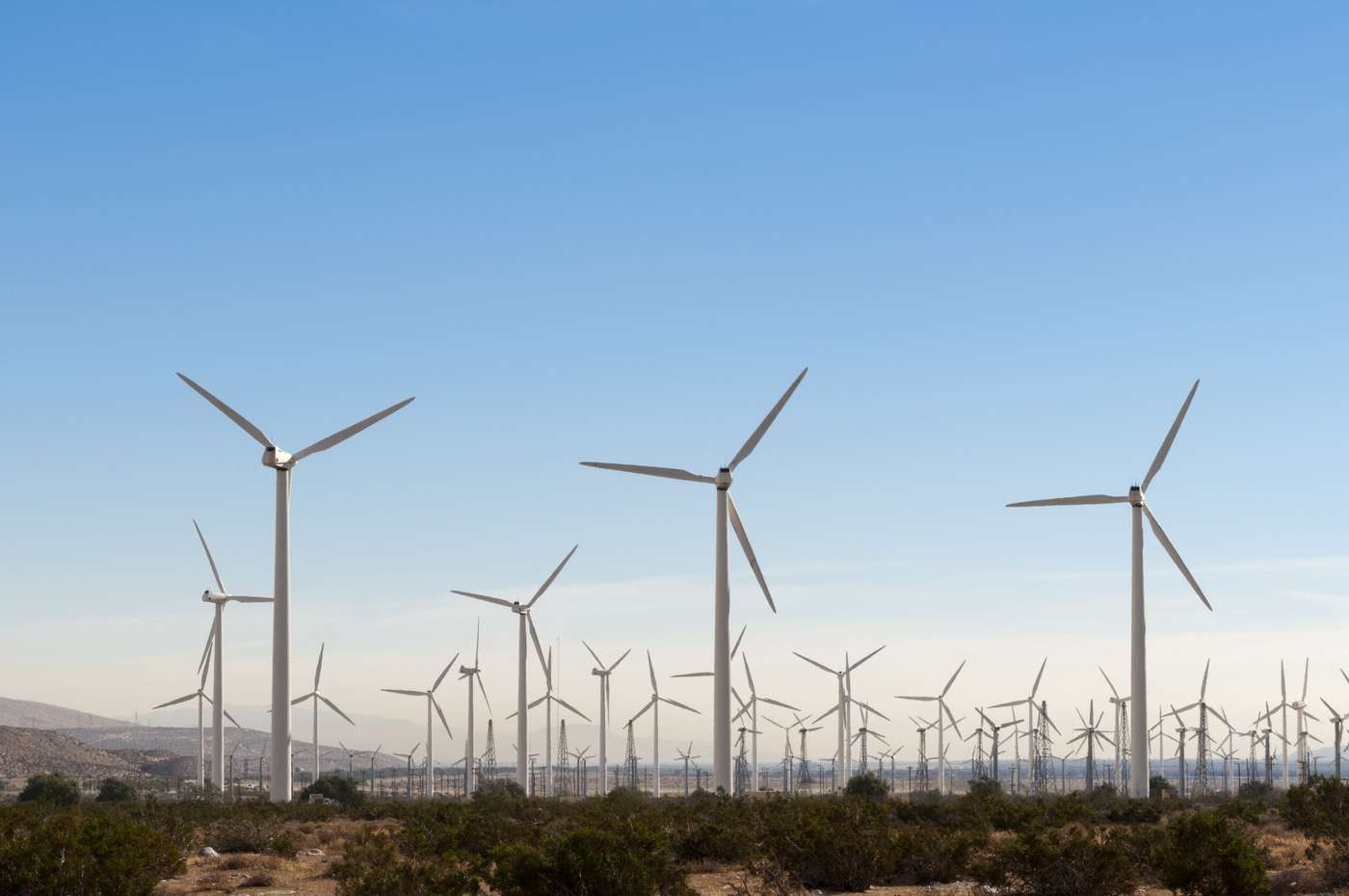
The United States has long been a pioneer in wind energy because it boasts a diverse geographic landscape, with numerous regions that experience consistent and strong winds. With its expansive landscapes and windy regions, the U.S. has capitalized on its wind resources to become the second-largest wind energy producer globally. Over the years, the country has seen exponential growth in wind power installations, both onshore and offshore. This growth has been driven by federal and state incentives, as well as the declining costs of wind technology.
Many U.S. states have implemented their own renewable energy goals and incentives to promote wind energy production. This decentralization allows states to adapt to their unique energy needs and resources, resulting in a diverse array of wind energy projects across the country. It is also home to several leading research institutions and companies specializing in wind energy technology. These organizations continually work to enhance the efficiency and effectiveness of wind turbines and systems, contributing to the industry’s growth.
The United States is beginning to tap into its vast offshore wind energy potential, particularly along the Atlantic Coast. States like Massachusetts, New York, and New Jersey have ambitious plans for offshore wind farms, which are expected to significantly increase the country’s wind energy capacity. They have made significant commitments to transitioning to clean energy sources. These commitments align with global efforts to combat climate change and reduce greenhouse gas emissions. The Biden administration, in particular, has expressed strong support for renewable energy, including wind power.
To accommodate the intermittent nature of wind power, the United States has been investing in grid modernization and energy storage solutions. These efforts help ensure a stable and reliable energy supply by integrating wind energy into the national grid effectively. The wind energy sector in the United States also has created jobs and economic opportunities, particularly in rural areas where many wind farms are located. This has a positive impact on local economies and provides income to landowners who lease their land for wind turbine installations. There are also many corporations and utilities in the United States that have adopted renewable energy targets, including the procurement of wind power. This corporate interest has driven further investments in wind energy projects.
Germany
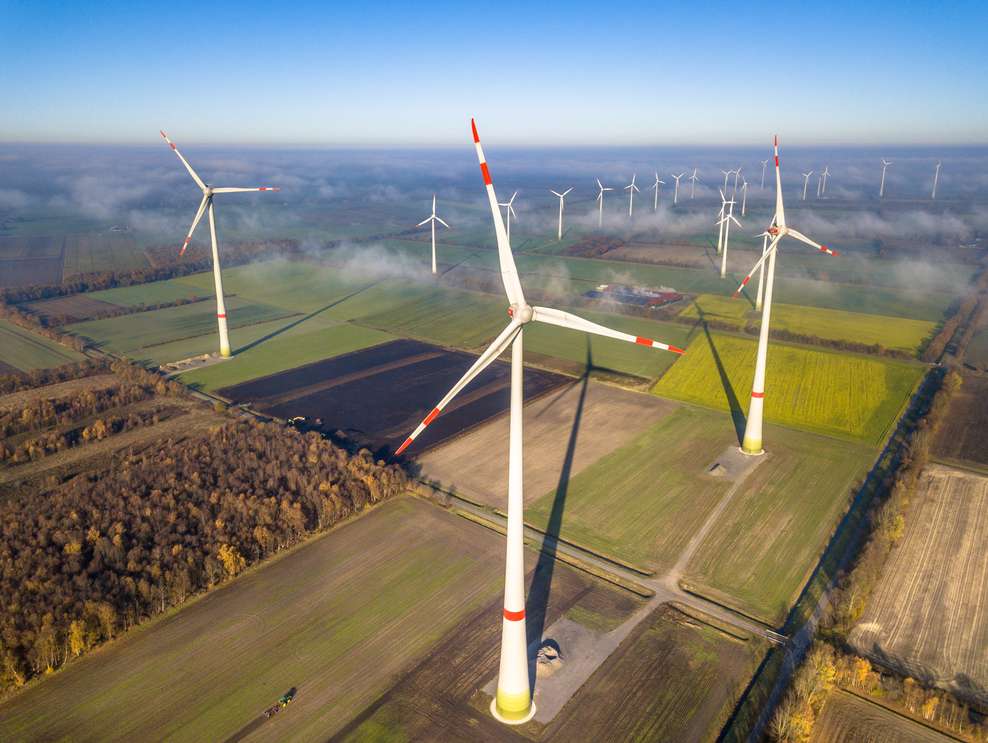
Germany has established itself as a leader in the European wind energy landscape and is widely recognized as a pioneer in the field of renewable energy. The country’s commitment to clean energy sources, including wind power, is a cornerstone of its Energiewende (energy transition) policy. This ambitious initiative seeks to transition Germany away from fossil fuels and nuclear energy toward sustainable and environmentally friendly energy sources.
Germany has one of the largest onshore wind energy capacities in Europe. The country’s flat landscapes and favorable wind conditions in northern regions, such as Lower Saxony and Schleswig-Holstein, have made it an ideal location for the installation of wind turbines. Germany’s onshore wind farms are a major contributor to the European wind energy grid. They have been actively expanding their offshore wind energy capacity in the North Sea and the Baltic Sea. These offshore wind farms play a crucial role in diversifying the country’s energy mix and achieving its renewable energy goals. Germany is a leader in offshore wind technology and has developed advanced offshore wind projects.
The German government has provided strong policy support for wind energy development, including feed-in tariffs and incentives for renewable energy projects. These measures have encouraged investments in wind power infrastructure. Moreover, Germany’s wind energy production is integrated into the broader European energy grid. This integration allows for the export of excess wind-generated electricity to neighboring countries and contributes to greater energy security and stability in the region.
Germany’s commitment to wind energy aligns with its broader environmental goals. By expanding wind power capacity, the country reduces its reliance on fossil fuels, decreases greenhouse gas emissions, and helps combat climate change. In Germany, community involvement in wind energy projects is common. Local citizens often have the opportunity to invest in or own a stake in wind farms, fostering support for wind energy at the grassroots level.
Germany has been investing in grid infrastructure to accommodate the intermittent nature of wind energy. This includes improvements in grid management, energy storage, and demand response systems to ensure a stable and reliable energy supply. The “European Wind Energy Champion” status is the result of its long-standing commitment to renewable energy, robust wind energy infrastructure, strong government support, and a culture of environmental responsibility. Germany’s contributions to the European wind energy grid play a pivotal role in the region’s efforts to transition to clean and sustainable energy sources while reducing carbon emissions.
India
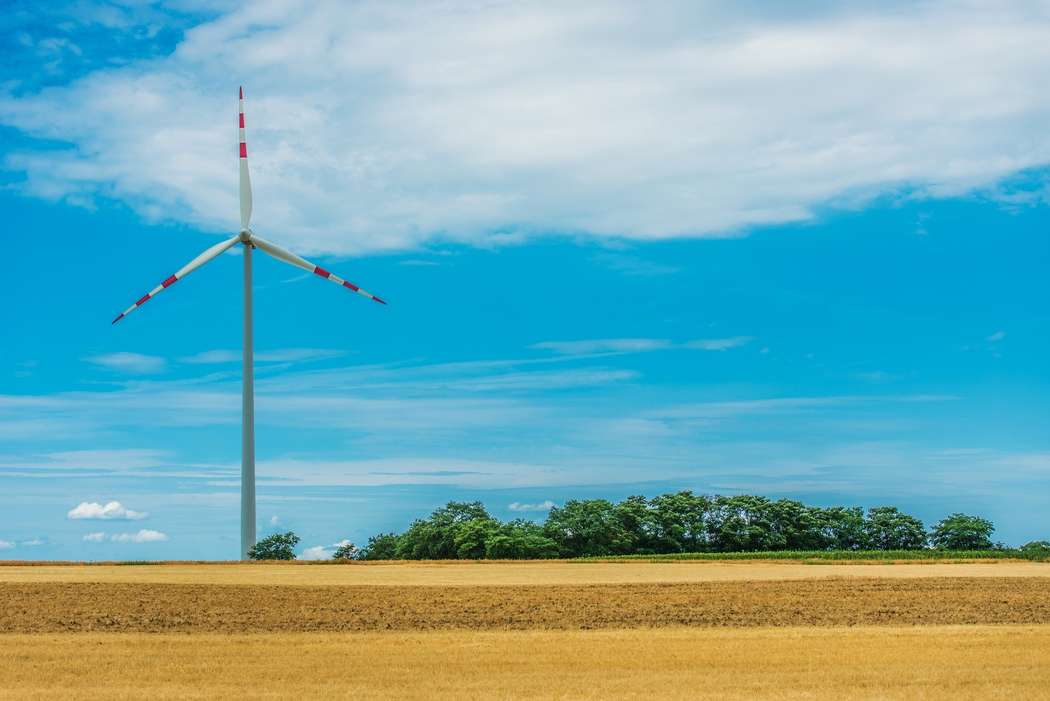
India, often referred to as a “Wind Power Rising Star,” has emerged as a significant player in the global wind energy landscape. With its rapid economic growth and surging energy demand, India has recognized the importance of renewable energy sources, particularly wind power, in addressing its energy needs while mitigating environmental concerns.
India’s strategic geographical location has endowed it with abundant wind resources, making it an ideal destination for wind energy projects. States like Tamil Nadu, Gujarat, Karnataka, and Rajasthan, which experience strong and consistent winds, have become hotspots for wind farm development. The country’s diverse topography, ranging from coastal regions to high plateaus, provides ample opportunities for both onshore and offshore wind energy installations.
The Indian government has played a pivotal role in fostering the growth of wind energy. It has implemented various policies and initiatives to incentivize wind power generation. The introduction of feed-in tariffs, subsidies, and tax incentives has attracted investments from both domestic and international players. India’s commitment to renewable energy is reflected in its ambitious renewable energy targets, aiming to achieve 175 gigawatts (GW) of renewable energy capacity by 2022, including a substantial contribution from wind energy.
One of India’s notable achievements in wind power is its vast and ever-expanding onshore wind capacity. The country has consistently added gigawatts of onshore wind power every year, making it one of the top wind energy producers in Asia. Wind farms in India range from small-scale community projects to large utility-scale installations, contributing significantly to the country’s clean energy portfolio.
India has been increasingly exploring offshore wind energy potential along its extensive coastline. The Indian government has initiated plans for offshore wind projects, particularly in states like Gujarat and Tamil Nadu. These projects have the potential to unlock significant wind energy capacity and diversify India’s renewable energy sources.
The economic benefits of India’s wind energy sector are also noteworthy. Wind power projects have created jobs, particularly in rural areas where many wind farms are located. Additionally, the wind energy sector has provided income opportunities for landowners who lease their land for turbine installations, contributing to rural development.
India’s commitment to wind power extends beyond its borders. The country’s expertise in wind technology has led to the export of wind turbines and components to other nations, bolstering its presence in the global wind energy market. As India continues to invest in wind energy technology, grid integration, and energy storage solutions, it is poised to make a substantial contribution to the global transition towards sustainable and clean energy sources.
Brazil
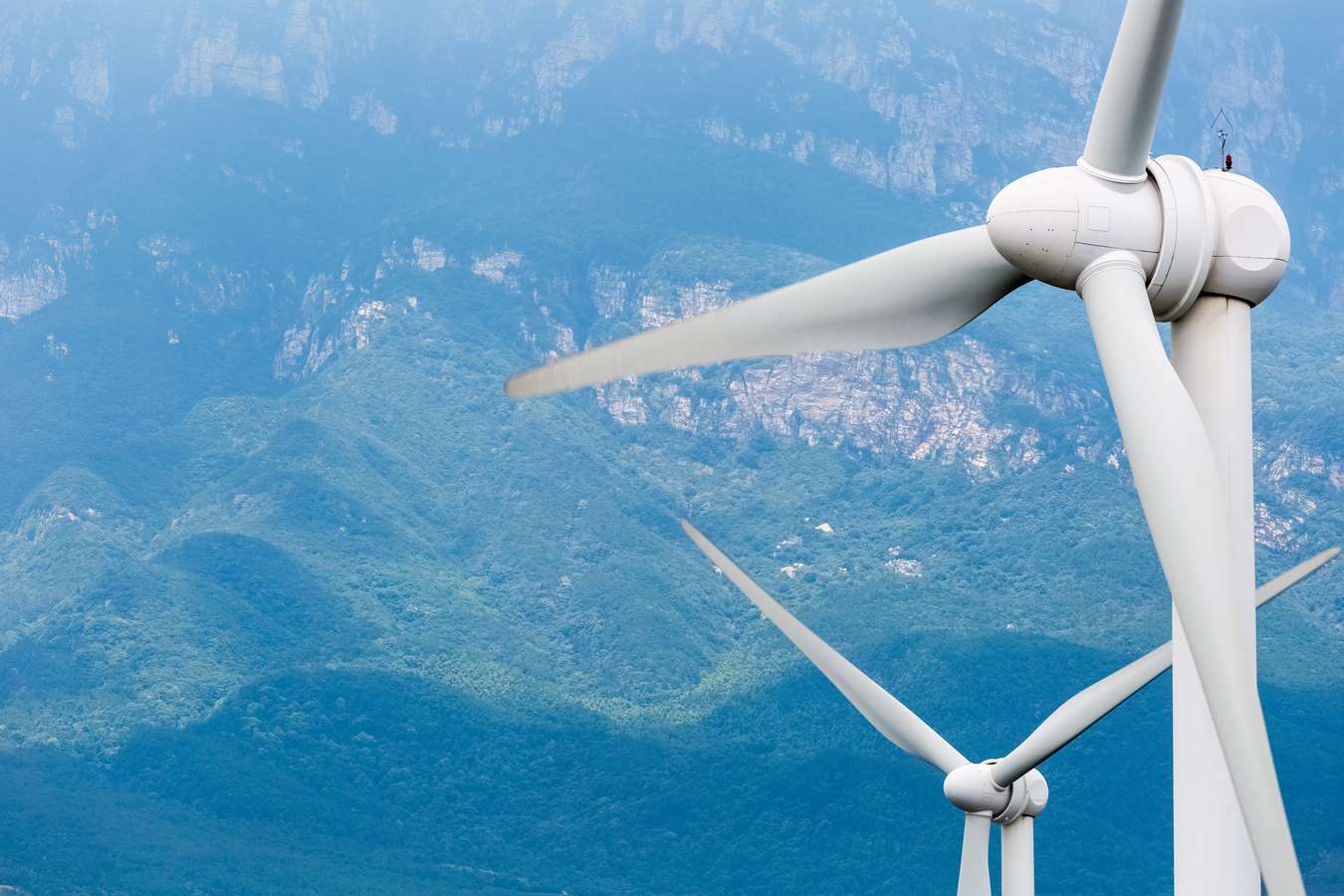
Brazil is making significant strides in the realm of wind energy production, embodying a transformation towards cleaner and more sustainable energy sources in the region. With its vast landmass, diverse geography, and increasing energy demands, Brazil has recognized the potential of wind power to not only meet its energy needs but also reduce its reliance on fossil fuels and combat environmental challenges.
Brazil’s wind energy journey has been characterized by strategic geographical considerations. The country’s extensive coastline, notably along its northeastern regions, experiences strong and consistent winds, making it an ideal location for the development of wind farms. States such as Bahia, Rio Grande do Norte, and Ceará have witnessed substantial wind energy growth, attracting investments from both domestic and international sources. Brazil’s commitment to harnessing wind resources is reflected in its ambitious renewable energy targets, aiming to significantly increase wind energy capacity in the coming years.
The Brazilian government has played a pivotal role in fostering the growth of wind power. Policies and initiatives, including feed-in tariffs, tax incentives, and auctions for wind energy projects, have created a conducive environment for investments in wind technology. Additionally, Brazil’s commitment to clean energy aligns with its broader environmental goals, aiming to reduce greenhouse gas emissions and mitigate climate change.
One notable feature of Brazil’s wind energy sector is its increasing integration of wind power into the national grid. The country has been working on modernizing its grid infrastructure to accommodate the intermittent nature of wind energy, ensuring a stable and reliable energy supply. This grid integration allows for the efficient distribution of wind-generated electricity to various regions, contributing to energy security and stability.
Brazil’s wind energy sector has not only led to a reduction in carbon emissions but has also stimulated economic growth. Wind power projects have created jobs and economic opportunities, particularly in the northeastern regions where many wind farms are located. Furthermore, wind energy contributes to diversifying Brazil’s energy mix, reducing the country’s vulnerability to energy price fluctuations and supply disruptions.
As Brazil continues to harness its wind energy potential, it is also exploring offshore wind resources along its extensive coastline. This expansion into offshore wind projects holds the promise of unlocking additional wind energy capacity and further solidifying Brazil’s position as a key player in the global wind energy market.
The United Kingdom
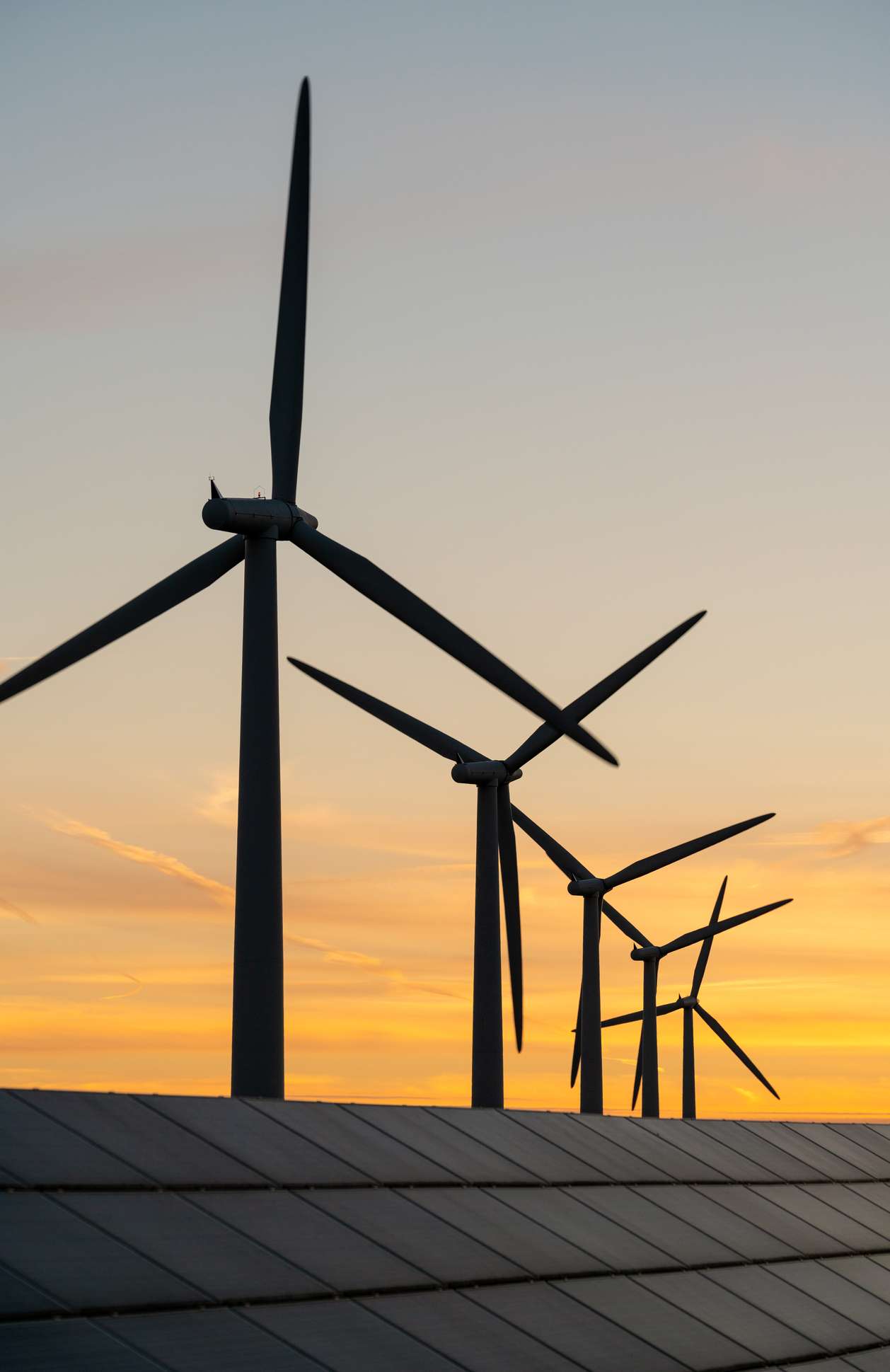
In 2023, the United Kingdom stands as a prominent example of a country effectively utilizing wind energy to meet its energy needs and transition towards a more sustainable and low-carbon future. The UK has made remarkable progress in harnessing wind power, both onshore and offshore, establishing itself as a global leader in the wind energy sector.
One of the UK’s standout achievements is its extensive offshore wind capacity. The country boasts some of the world’s largest offshore wind farms, situated in the North Sea and the Irish Sea. These offshore projects have seen significant expansion in recent years, with numerous new installations coming online. The UK’s commitment to offshore wind is underlined by ambitious targets, aiming to reach 40 GW of offshore wind capacity by 2030. This investment has not only contributed to reducing greenhouse gas emissions but has also generated thousands of jobs in the offshore wind industry. In addition to offshore wind, the UK continues to develop its onshore wind energy capacity, particularly in regions with favorable wind conditions, such as Scotland and Wales. While onshore wind capacity growth has been slower due to planning and land-use considerations, it remains a valuable part of the country’s renewable energy mix.
The UK government has played a pivotal role in supporting wind energy development through various policies and incentives. Contracts for Difference (CfD) auctions have provided stable and competitive pricing for renewable energy projects, including wind farms. These mechanisms have attracted investments, driving innovation in wind technology and reducing the cost of wind energy production. Furthermore, the UK’s commitment to phasing out coal-fired power generation and investing in cleaner energy sources has resulted in a significant reduction in carbon emissions. Wind energy has played a central role in this transition, contributing to a greener and more sustainable energy mix.
The integration of wind energy into the UK’s national grid has also been a key focus. Grid infrastructure upgrades, energy storage solutions, and demand response systems have been implemented to ensure the stability and reliability of the energy supply, even in the face of intermittent wind generation. The UK’s dedication to wind energy aligns with its broader environmental goals and international commitments to combat climate change. By relying on wind power, the country is reducing its dependence on fossil fuels, promoting energy security, and fostering economic growth in the renewable energy sector.

These top countries for wind energy production have not only risen to the challenge but have also set remarkable examples for the global community. Through their unwavering commitment to harnessing the power of the wind, they have not only diversified their energy portfolios but have also significantly contributed to reducing greenhouse gas emissions and combating climate change. As we look to a future driven by renewable energy, the success stories of China, the United States, Germany, India, Brazil, and The United Kingdom serve as beacons of hope, illustrating the transformative potential of wind power in creating a cleaner, greener, and more sustainable world for generations to come.
